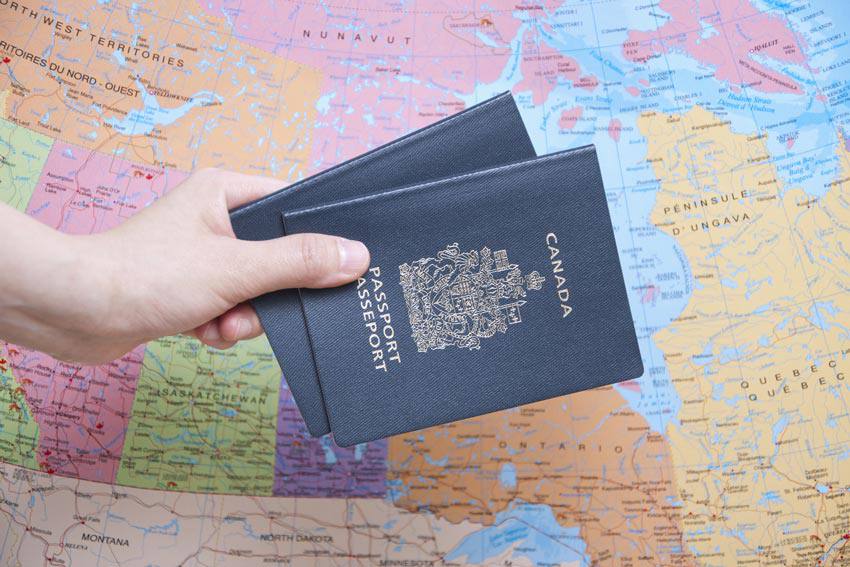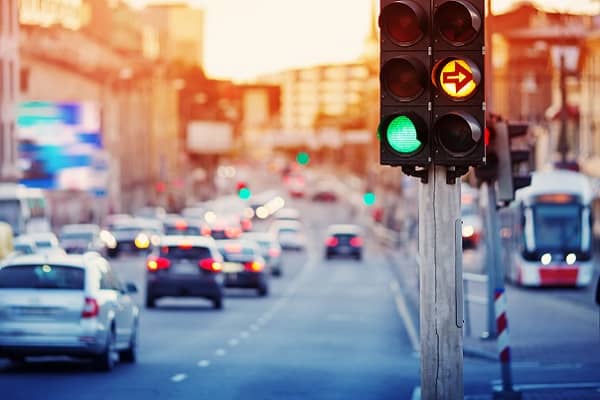What is VAT MOSS?

Operating a business within a European Union member country offers numerous advantages due to the facilitative regulations. European law simplifies the determination of appropriate VAT rates, provides clear information on available reliefs, and streamlines the application process for eligible subsidies. Additionally, various schemes promote intra-community transactions by offering simplified taxation, particularly concerning VAT.
Read the article and learn what VAT MOSS, VAT OSS, and VAT IOSS are and why you should know them thoroughly if you want to operate with business within the European Union.
Table of Contents
VAT MOSS – a Definition
VAT MOSS, or the VAT Mini One-Stop Shop, is related to entrepreneurs engaged in the cross-border provision of telecommunications, television, and radio services or selling digital services to non-taxable persons. Its primary aim was to streamline VAT procedures, eliminating the necessity for VAT registration in each EU Member State where services are provided.
As of July 1, 2021, the VAT MOSS scheme has been replaced by the expanded VAT OSS and VAT IOSS schemes. VAT OSS enhances the options previously available under VAT MOSS, retaining all its functionalities while incorporating additional features to simplify the process. Until December 31, 2024, VAT MOSS can still be utilized for correcting registration data.
Typical applications of VAT MOSS Scheme
The MOSS scheme was applied in the following scenarios:
- Distance learning
- Downloading music
- Access to databases
- Software delivery
- Website Hosting
- Online gaming.
Additionally, the VAT MOSS scheme facilitated the payment of VAT in a designated EU country of identification, rather than requiring settlement with each EU country where business activities were conducted.
A VAT MOSS Mechanism Explained
An entity registered under the program submits a VAT declaration in its country of identification, consolidating all EU-wide transactions within the specified thresholds rather than charging VAT in each country where transactions occur.
In instances of VAT overpayment, the tax authorities of the countries where the transactions took place are responsible for reimbursing the excess amount. A portion of the tax due is remitted by the tax authorities of the identification country, which deducts certain costs before transferring the remaining balance to the country where the VAT is due. This procedure may vary if the entity applying for a VAT refund operates under non-EU schemes.
Conclusion
The VAT OSS (One-Stop Shop) and IOSS (Import One-Stop Shop) systems have superseded the previous VAT MOSS (Mini One-Stop Shop) declarations due to the outdated and inefficient nature of the former schemes. For a comprehensive understanding of the VAT MOSS procedure and the updated methods of VAT settlement, including the specific regulations applicable to the UK post-Brexit, please check the information under the following link: https://polishtax.com/what-is-vat-moss/ .

 Ready to Ship Engagement Rings in Singapore: A Perfect Choice for Your Special Moment
Ready to Ship Engagement Rings in Singapore: A Perfect Choice for Your Special Moment  Navigating Cross-Border Investment Management for Canada-U.S. Dual Citizens
Navigating Cross-Border Investment Management for Canada-U.S. Dual Citizens  GIA vs IGI: Understanding the Differences in Diamond Grading
GIA vs IGI: Understanding the Differences in Diamond Grading  Breaking the Stigma: Why Small Business Loans are a Smart Investment, Not a Debt Sentence
Breaking the Stigma: Why Small Business Loans are a Smart Investment, Not a Debt Sentence  Lab Diamonds Demystified: Understanding the 4Cs for Smart Shopping
Lab Diamonds Demystified: Understanding the 4Cs for Smart Shopping  Getting Top Dollar: Strategies for Selling Your Diamond Ring in Sydney
Getting Top Dollar: Strategies for Selling Your Diamond Ring in Sydney  The Evolution of Traffic Laws: How Road Regulations Have Changed Over Time
The Evolution of Traffic Laws: How Road Regulations Have Changed Over Time  Are LLCs More Cost-Effective Than Corporations? Exploring the Costs of Formation
Are LLCs More Cost-Effective Than Corporations? Exploring the Costs of Formation  The Allure of Pink Diamonds: Nature’s Rare Treasure
The Allure of Pink Diamonds: Nature’s Rare Treasure